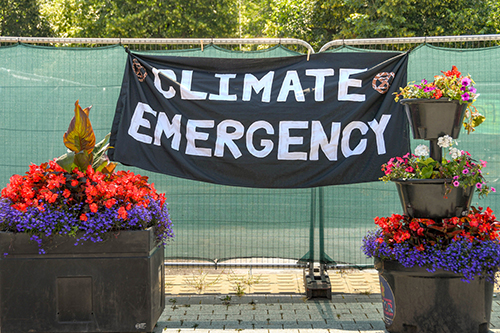What next for local government climate emergency declarations? The gap between rhetoric and action

External Links
The UK, like other countries, has seen a proliferation of declarations of local climate emergencies. While these declarations have been interpreted as a demonstration of ambition, little is known about how and why they actually came about when they did and the implications this will have for what happens next. Focusing on London, UK, we present evidence collected via semi-structured interviews with experts and practitioners involved in the propagation of climate emergency declarations to critically explore how and why these declarations emerged, and the various different roles they are perceived to play for different local actors. Our findings reveal four journeys to local government declaration of a climate emergency (made actively from above, passively from above, actively from below, and passively from across) and three interwoven purposes (statements of intent, acting as a political gesture, and stimulating local action). We argue that these three purposes combine and coalesce to correlate the declaration of climate emergency with a local responsibility for emissions reduction, leaving little analytical space to question the scalar disconnect between the immediacy of the narrative at local scales and the slow-burning (and) global nature of the threat in question. If these emergency declarations are to be an opportunity for change in the governance of climate change, then the question of ‘what next?’ requires more in-depth, thorough and constructive engagement with the type of climate action the declarations are expected to induce while considering how this aligns with existing responsibilities and resource bases of local government.
Howarth, C., Lane, M. & Fankhauser, S. What next for local government climate emergency declarations? The gap between rhetoric and action. Climatic Change 167, 27 (2021). https://doi.org/10.1007/s10584-021-03147-4

